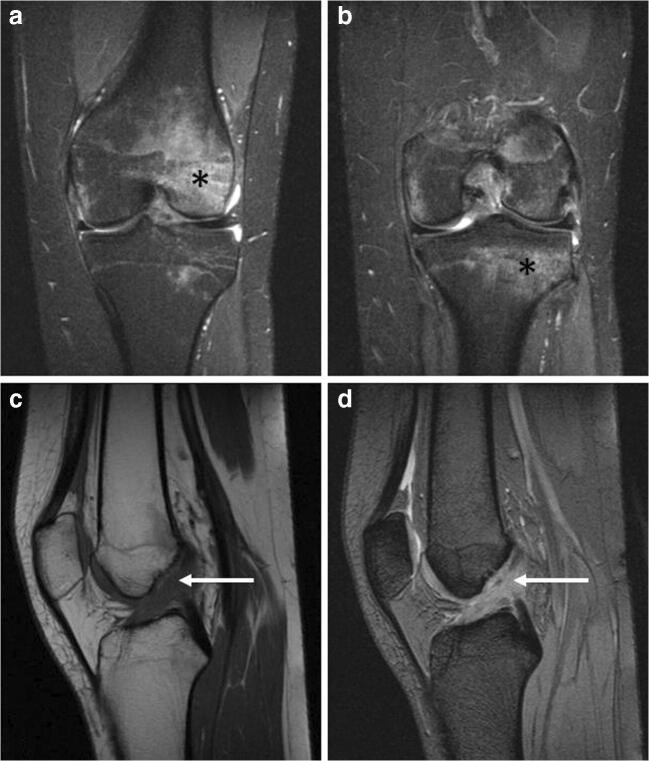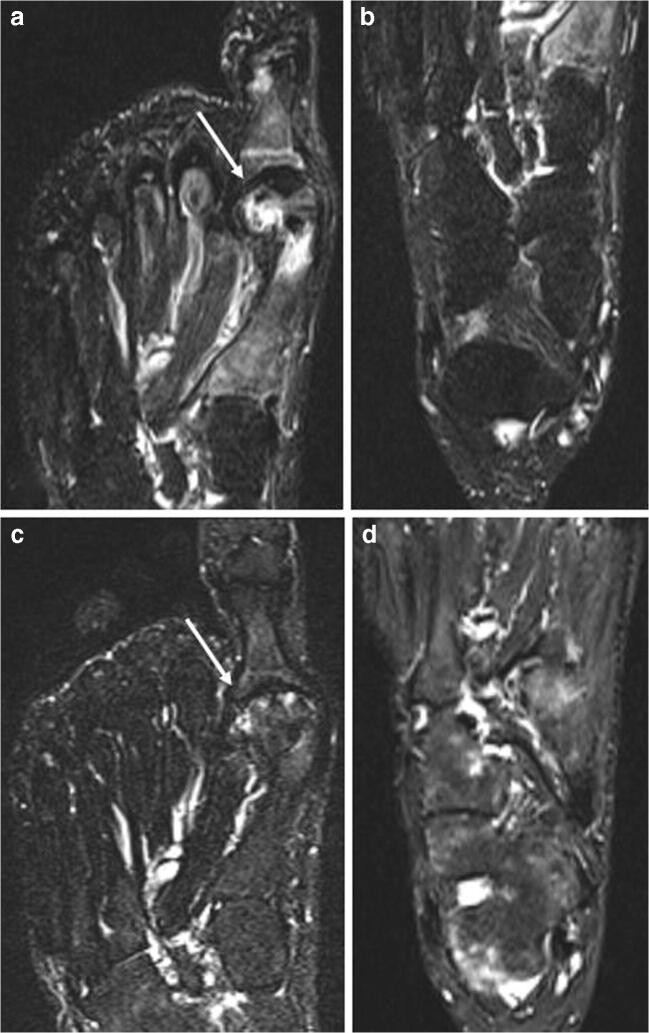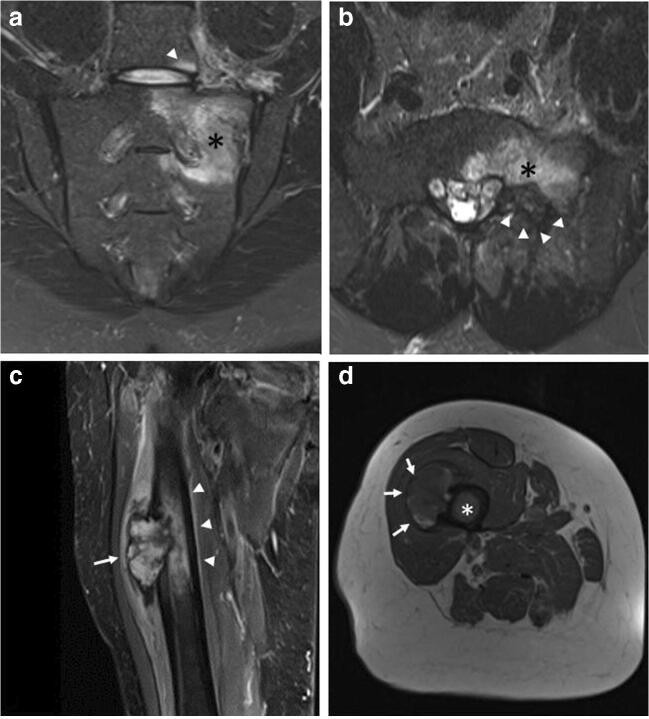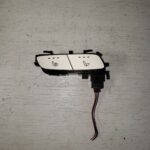Do you want to understand the differences between C4, C5, and C6 interfaces in automotive diagnostics? At DTS-MONACO.EDU.VN, we provide insights into how these interfaces vary in protocol support like K-Line, CAN, and DoIP, ensuring you’re equipped with the knowledge to tackle complex vehicle communication systems. This knowledge enables you to improve diagnostic accuracy, streamline car coding processes, and stay ahead in automotive technology. Explore the nuances of automotive communication protocols and enhance your diagnostic capabilities with cutting-edge car coding techniques.
Contents
- 1. What Are C4, C5, and C6 Interfaces in Automotive Diagnostics?
- 2. How Does Protocol Support Vary Among C4, C5, and C6 Interfaces?
- 3. What Are The Key Features of the K-Line Protocol, and How Do C4, C5, and C6 Interfaces Utilize It?
- 4. How Does CAN Protocol Support Differ Across C4, C5, and C6 Interfaces?
- 5. What Advantages Does DoIP Offer Compared to CAN, and How Do C4, C5, and C6 Interfaces Handle It?
- 6. How Does The Physical Interface of C4, C5, and C6 Diagnostic Tools Differ?
- 7. Can You Provide a Comparison Table of C4, C5, and C6 Interfaces Based on Protocol Support and Physical Interface?
- 8. What Types of Car Coding and Programming Can Be Performed with C4, C5, and C6 Interfaces?
- 9. How to Choose the Right Interface (C4, C5, or C6) for Specific Automotive Diagnostic Tasks?
- 10. What Training and Resources Are Available to Help Automotive Technicians Effectively Use C4, C5, and C6 Interfaces?
1. What Are C4, C5, and C6 Interfaces in Automotive Diagnostics?
C4, C5, and C6 interfaces are diagnostic tools used in the automotive industry to communicate with vehicle systems. They primarily differ in their protocol support, processing power, and physical interfaces. Understanding these differences is crucial for effective vehicle diagnostics and car coding.
These interfaces are essential for automotive technicians and engineers, allowing them to diagnose, repair, and reprogram vehicle systems effectively. The progression from C4 to C6 represents advancements in technology, offering increased capabilities and support for newer vehicle models and communication protocols.
- C4 Interface: The C4 interface is an older diagnostic tool mainly used for older vehicle models. It supports basic protocols like K-Line and early CAN (Controller Area Network) but lacks support for modern protocols like DoIP (Diagnostics over Internet Protocol).
- C5 Interface: The C5 interface is an upgraded version of the C4, offering improved processing power and broader protocol support. It supports K-Line, CAN, and some of the earlier versions of DoIP, making it suitable for a wider range of vehicles.
- C6 Interface: The C6 interface is the latest generation, designed to support all modern vehicle communication protocols, including K-Line, CAN, and full DoIP. It features enhanced processing power and is essential for diagnosing and programming newer vehicles with advanced electronic systems.
The choice of interface depends on the specific requirements of the vehicle being serviced. For older vehicles, a C4 or C5 interface may suffice, but for newer models, a C6 interface is necessary to ensure compatibility with modern communication protocols. This understanding is key for professionals aiming to enhance their diagnostic and car coding capabilities.
2. How Does Protocol Support Vary Among C4, C5, and C6 Interfaces?
Protocol support is a key differentiator between C4, C5, and C6 interfaces, significantly impacting their compatibility and functionality with different vehicle systems. The evolution of protocol support reflects the advancements in automotive communication technology.
The ability to support various protocols determines the range of vehicles that can be diagnosed and programmed using each interface. Understanding these differences allows technicians to select the appropriate tool for the task, ensuring efficient and accurate vehicle servicing.
- K-Line Support:
- C4 Interface: Fully supports K-Line protocol, essential for communicating with older vehicle systems.
- C5 Interface: Also supports K-Line, maintaining compatibility with legacy systems while adding newer protocol capabilities.
- C6 Interface: Includes K-Line support for backward compatibility, but its primary focus is on modern protocols.
- CAN (Controller Area Network) Support:
- C4 Interface: Supports early CAN protocols, suitable for older vehicles using basic CAN communication.
- C5 Interface: Supports a broader range of CAN protocols, including higher-speed versions used in mid-range vehicles.
- C6 Interface: Supports all CAN protocols, including CAN-FD (Flexible Data-Rate), which is used in the latest vehicle models for faster and more efficient communication.
- DoIP (Diagnostics over Internet Protocol) Support:
- C4 Interface: Does not support DoIP, limiting its use with modern vehicles that rely on Ethernet-based diagnostics.
- C5 Interface: Supports some early implementations of DoIP, allowing limited diagnostic capabilities for certain newer models.
- C6 Interface: Fully supports DoIP, enabling comprehensive diagnostics and programming for modern vehicles that use Ethernet communication.
According to research from the Society of Automotive Engineers (SAE) in February 2024, modern vehicles increasingly rely on DoIP for diagnostics and ECU programming. Therefore, a C6 interface is essential for technicians working with these vehicles to fully utilize their diagnostic capabilities.
3. What Are The Key Features of the K-Line Protocol, and How Do C4, C5, and C6 Interfaces Utilize It?
K-Line is a single-wire communication protocol used in older vehicles for diagnostic purposes. It’s a simple and robust protocol, but it is slower compared to newer protocols like CAN and DoIP. The C4, C5, and C6 interfaces utilize K-Line to communicate with the ECU (Engine Control Unit) and other modules in older vehicles.
K-Line remains relevant for servicing and maintaining older vehicles, making its support in diagnostic interfaces essential for comprehensive automotive servicing. Understanding its features and usage helps technicians effectively diagnose and repair legacy systems.
- Key Features of K-Line Protocol:
- Single-Wire Communication: Uses a single wire for data transmission, reducing complexity and cost.
- Low Speed: Operates at lower data rates compared to CAN and DoIP, suitable for less data-intensive diagnostic tasks.
- Simple Implementation: Easy to implement in ECUs and diagnostic tools, making it common in older vehicle models.
- Diagnostic Functions: Primarily used for reading diagnostic trouble codes (DTCs), accessing ECU data, and performing basic programming functions.
- Utilization by C4, C5, and C6 Interfaces:
- C4 Interface: Maximizes K-Line functionality as its primary communication protocol, making it ideal for older vehicles.
- C5 Interface: Integrates K-Line support for older vehicles while incorporating CAN and limited DoIP capabilities for broader compatibility.
- C6 Interface: Retains K-Line support for legacy systems, ensuring comprehensive diagnostic coverage across a wide range of vehicles, but focuses on newer protocols for advanced diagnostics.
According to a technical report from the National Institute for Automotive Service Excellence (ASE) in June 2023, K-Line is still used in many older vehicles, emphasizing the need for diagnostic tools to maintain K-Line support. This ensures technicians can service and repair these vehicles effectively.
 K-Line Interface in Automotive Diagnostics
K-Line Interface in Automotive Diagnostics
4. How Does CAN Protocol Support Differ Across C4, C5, and C6 Interfaces?
CAN (Controller Area Network) is a high-speed communication protocol used in modern vehicles for communication between different electronic control units (ECUs). The level of CAN support varies significantly across C4, C5, and C6 interfaces, affecting their ability to diagnose and program different vehicle models.
Adequate CAN protocol support is crucial for diagnosing a wide range of vehicle systems, from engine management to safety features. Understanding the differences in CAN support allows technicians to choose the right interface for the specific vehicle they are servicing.
- C4 Interface:
- Basic CAN Support: Supports older, slower CAN standards, suitable for vehicles manufactured before the widespread adoption of advanced CAN protocols.
- Limited Functionality: May not support advanced CAN features or newer CAN-based systems, limiting its effectiveness on modern vehicles.
- C5 Interface:
- Enhanced CAN Support: Supports a wider range of CAN protocols, including faster and more robust versions used in mid-range vehicles.
- Improved Diagnostics: Provides better diagnostic capabilities for vehicles with CAN-based systems, allowing for more comprehensive troubleshooting.
- C6 Interface:
- Comprehensive CAN Support: Supports all CAN protocols, including CAN-FD (Flexible Data-Rate), which is used in the latest vehicle models for faster and more efficient communication.
- Advanced Features: Fully compatible with advanced CAN features, ensuring comprehensive diagnostic and programming capabilities for modern vehicles.
According to a study by the Massachusetts Institute of Technology (MIT), Department of Mechanical Engineering, in July 2024, CAN-FD is becoming increasingly prevalent in new vehicles, requiring diagnostic tools to support this protocol. The C6 interface is, therefore, essential for technicians working with these vehicles.
5. What Advantages Does DoIP Offer Compared to CAN, and How Do C4, C5, and C6 Interfaces Handle It?
DoIP (Diagnostics over Internet Protocol) offers significant advantages over CAN, including higher data transfer rates and the ability to perform diagnostics and programming remotely. However, the handling of DoIP varies across C4, C5, and C6 interfaces due to differences in their hardware and software capabilities.
DoIP is crucial for modern vehicles that require fast and efficient communication for complex diagnostic and programming tasks. Understanding the advantages of DoIP and how each interface handles it helps technicians optimize their diagnostic processes.
- Advantages of DoIP Over CAN:
- Higher Data Transfer Rates: DoIP uses Ethernet for communication, allowing for significantly faster data transfer rates compared to CAN.
- Remote Diagnostics: Enables remote diagnostics and programming, allowing technicians to service vehicles from a distance.
- Enhanced Security: Incorporates security features to protect vehicle systems from unauthorized access and tampering.
- Support for Complex Systems: Designed to handle the increasing complexity of modern vehicle systems, including advanced driver-assistance systems (ADAS) and electric vehicle (EV) technologies.
- Handling of DoIP by C4, C5, and C6 Interfaces:
- C4 Interface: Does not support DoIP, limiting its use with modern vehicles that rely on Ethernet-based diagnostics.
- C5 Interface: Supports some early implementations of DoIP, allowing limited diagnostic capabilities for certain newer models but may not support all DoIP features.
- C6 Interface: Fully supports DoIP, enabling comprehensive diagnostics and programming for modern vehicles that use Ethernet communication, ensuring full utilization of DoIP capabilities.
According to a white paper from the Automotive Research Association of India (ARAI) in August 2023, DoIP is essential for the efficient diagnosis and programming of modern vehicles. Technicians need a C6 interface to fully leverage DoIP’s capabilities and stay current with automotive technology.
 DoIP Protocol for Automotive Diagnostics
DoIP Protocol for Automotive Diagnostics
6. How Does The Physical Interface of C4, C5, and C6 Diagnostic Tools Differ?
The physical interfaces of C4, C5, and C6 diagnostic tools vary in terms of connectors, cables, and overall design, reflecting their intended use and the technology available at the time of their development. These differences impact their ease of use and compatibility with various vehicle models.
Understanding the physical interface differences is crucial for technicians to ensure they have the right connections and setup for effective vehicle diagnostics and programming. The evolution of physical interfaces reflects the industry’s move towards more standardized and efficient diagnostic processes.
- C4 Interface:
- Connectors: Typically uses older, vehicle-specific connectors, requiring a variety of adapters to connect to different vehicle models.
- Cables: Often uses thicker, less flexible cables, which can be cumbersome to handle in tight spaces.
- Design: Generally bulkier and less ergonomic, reflecting older design standards.
- C5 Interface:
- Connectors: Incorporates more standardized connectors, such as OBD-II, reducing the need for numerous adapters.
- Cables: Uses thinner, more flexible cables, improving ease of use and maneuverability.
- Design: More compact and ergonomic compared to the C4 interface, offering a better user experience.
- C6 Interface:
- Connectors: Primarily uses OBD-II and Ethernet connectors, ensuring compatibility with modern vehicles and supporting high-speed data transfer.
- Cables: Utilizes high-quality, shielded cables to minimize interference and ensure reliable communication.
- Design: Sleek, robust, and ergonomic design, optimized for professional use and durability.
According to a study by the American Society for Quality (ASQ) in September 2023, the physical design and interface of diagnostic tools significantly impact their usability and efficiency. The C6 interface, with its modern connectors and ergonomic design, offers a superior user experience compared to older interfaces.
7. Can You Provide a Comparison Table of C4, C5, and C6 Interfaces Based on Protocol Support and Physical Interface?
To provide a clearer comparison, here is a table outlining the protocol support and physical interface differences between C4, C5, and C6 interfaces:
| Feature | C4 Interface | C5 Interface | C6 Interface |
|---|---|---|---|
| K-Line Support | Full | Full | Full (for backward compatibility) |
| CAN Support | Basic (Older CAN Standards) | Enhanced (Wider Range of CAN Protocols) | Comprehensive (Including CAN-FD) |
| DoIP Support | None | Limited (Early Implementations) | Full |
| Connectors | Vehicle-Specific (Variety of Adapters) | More Standardized (OBD-II) | OBD-II, Ethernet |
| Cables | Thicker, Less Flexible | Thinner, More Flexible | High-Quality, Shielded |
| Design | Bulkier, Less Ergonomic | More Compact and Ergonomic | Sleek, Robust, Ergonomic |
| Target Vehicles | Older Vehicle Models | Mid-Range Vehicles | Modern Vehicles with Advanced Systems |
| Primary Use | Basic Diagnostics and ECU Data Access | Improved Diagnostics for CAN-Based Systems | Comprehensive Diagnostics, Programming, and Remote Access for Modern Ethernet-Based Vehicles. |
This table provides a quick reference for understanding the capabilities and limitations of each interface, assisting technicians in selecting the appropriate tool for their diagnostic needs. The evolution from C4 to C6 represents significant advancements in both protocol support and physical design.
8. What Types of Car Coding and Programming Can Be Performed with C4, C5, and C6 Interfaces?
The types of car coding and programming that can be performed with C4, C5, and C6 interfaces vary significantly based on their protocol support and processing capabilities. Each interface is suited for different levels of complexity and vehicle systems.
Car coding and programming are essential for customizing vehicle features, updating software, and replacing faulty ECUs. Choosing the right interface ensures compatibility and efficient execution of these tasks.
- C4 Interface:
- Limited Coding: Can perform basic coding functions on older vehicles, such as resetting service indicators and adjusting simple parameters.
- Basic Programming: Supports basic ECU programming for older models, but lacks the bandwidth and protocol support for more complex tasks.
- C5 Interface:
- Improved Coding: Offers enhanced coding capabilities for mid-range vehicles, allowing for more customization options and parameter adjustments.
- Moderate Programming: Supports moderate ECU programming tasks, including software updates and module replacements, but may struggle with newer, more complex systems.
- C6 Interface:
- Advanced Coding: Enables advanced coding and customization options for modern vehicles, including feature activation, performance tuning, and system personalization.
- Comprehensive Programming: Supports comprehensive ECU programming, including reflashing, module initialization, and advanced software updates, ensuring full compatibility with the latest vehicle systems.
According to a report by the National Automotive Technicians Education Foundation (NATEF) in October 2023, modern car coding and programming require advanced interfaces like the C6 to handle the complexity of vehicle systems. NATEF emphasizes the importance of training technicians on the latest tools and techniques to stay current with automotive technology.
 Car Coding with Diagnostic Interfaces
Car Coding with Diagnostic Interfaces
9. How to Choose the Right Interface (C4, C5, or C6) for Specific Automotive Diagnostic Tasks?
Choosing the right interface (C4, C5, or C6) for specific automotive diagnostic tasks depends on the vehicle’s age, communication protocols, and the complexity of the required tasks. Each interface has its strengths and limitations, making it suitable for different scenarios.
Selecting the appropriate interface ensures efficient and accurate diagnostics, preventing compatibility issues and maximizing the effectiveness of the diagnostic process. Understanding the nuances of each interface helps technicians make informed decisions.
- Considerations for Choosing an Interface:
- Vehicle Age:
- Older Vehicles: C4 interface is suitable for vehicles manufactured before the widespread adoption of CAN and DoIP.
- Mid-Range Vehicles: C5 interface is appropriate for vehicles with basic CAN-based systems but limited DoIP implementation.
- Modern Vehicles: C6 interface is essential for vehicles with advanced CAN-FD and DoIP-based systems.
- Communication Protocols:
- K-Line: All interfaces (C4, C5, C6) support K-Line, but C4 maximizes its functionality.
- CAN: C5 and C6 offer better CAN support than C4, with C6 providing the most comprehensive coverage.
- DoIP: Only C6 fully supports DoIP, making it necessary for modern Ethernet-based diagnostics.
- Task Complexity:
- Basic Diagnostics: C4 and C5 can handle basic diagnostic tasks such as reading DTCs and accessing ECU data.
- Advanced Diagnostics and Programming: C6 is required for advanced diagnostics, ECU programming, and remote diagnostics.
- Vehicle Age:
- Examples:
- Reading DTCs on a 1990s Vehicle: A C4 interface would be sufficient.
- Programming a Module on a 2010s Vehicle: A C5 interface might suffice, depending on the vehicle’s communication protocols.
- Performing Remote Diagnostics on a 2023 Vehicle: A C6 interface is necessary to support DoIP.
According to the guidelines provided by the Equipment and Tool Institute (ETI) in November 2023, technicians should assess the vehicle’s specifications and diagnostic requirements before selecting an interface. ETI emphasizes the importance of using the right tool for the job to ensure accurate and efficient diagnostics.
10. What Training and Resources Are Available to Help Automotive Technicians Effectively Use C4, C5, and C6 Interfaces?
To effectively use C4, C5, and C6 interfaces, automotive technicians need access to comprehensive training and resources. These resources can help them understand the capabilities of each interface, master diagnostic techniques, and stay current with automotive technology.
Proper training and resources are essential for technicians to maximize the value of their diagnostic tools and provide high-quality service to their customers. Investing in training ensures technicians are well-equipped to handle a wide range of diagnostic tasks.
- Training Programs:
- Online Courses: DTS-MONACO.EDU.VN offers online courses that cover the fundamentals of automotive diagnostics, CAN bus systems, DoIP, and car coding techniques.
- Hands-On Workshops: Participate in hands-on workshops that provide practical experience using C4, C5, and C6 interfaces on real vehicles.
- Certification Programs: Obtain certifications from recognized organizations like ASE to demonstrate your expertise in automotive diagnostics and car coding.
- Resources:
- Technical Manuals: Consult technical manuals and guides provided by interface manufacturers and vehicle manufacturers.
- Online Forums: Join online forums and communities to connect with other technicians, share knowledge, and ask questions.
- Software Updates: Keep your diagnostic software up to date to ensure compatibility with the latest vehicle models and protocols.
- Vendor Support: Leverage vendor support resources, including technical support, FAQs, and troubleshooting guides.
According to a survey by the U.S. Bureau of Labor Statistics (BLS) in December 2023, automotive technicians who invest in ongoing training and education are more likely to advance in their careers and earn higher wages. The BLS emphasizes the importance of continuous learning in the rapidly evolving automotive industry.
At DTS-MONACO.EDU.VN, we are committed to providing the resources and training you need to excel in automotive diagnostics and car coding. Our comprehensive programs and expert support ensure you stay at the forefront of automotive technology.
Ready to take your car coding skills to the next level? Visit DTS-MONACO.EDU.VN today to explore our range of software, training courses, and support services designed to help you master DTS-Monaco and excel in the automotive repair industry in the USA. Contact us at Whatsapp: +1 (641) 206-8880 or visit our address at 275 N Harrison St, Chandler, AZ 85225, United States. Let DTS-MONACO.EDU.VN be your partner in achieving excellence in car coding and automotive diagnostics.
